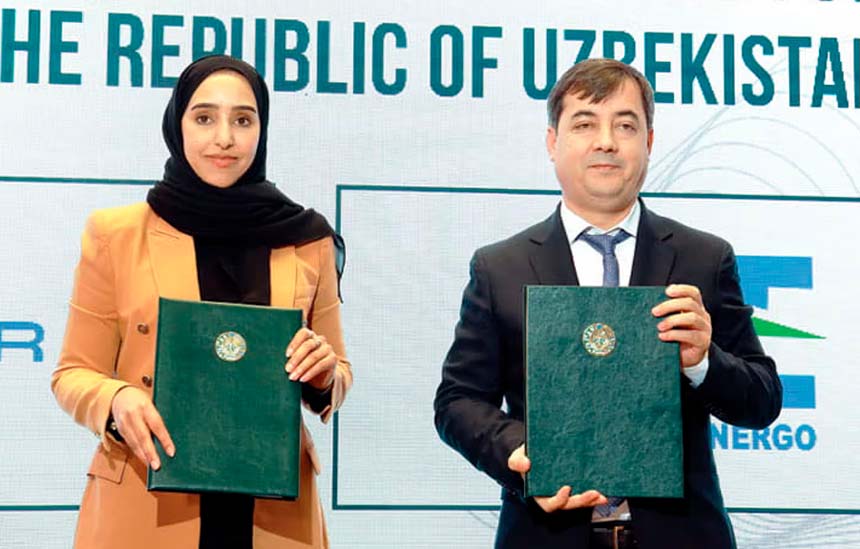- Collaboration would support Uzbekistan’s ambitious renewable energy strategy by addressing intermittent supply challenges
Agreement will explore feasibility of pumped storage hydro plants in several locations across Uzbekistan
Announcement represents Masdar’s first entry into pumped storage hydro sector
Abu Dhabi Future Energy Company PJSC – Masdar, the UAE’s clean energy powerhouse, has signed an agreement with JSC Uzbekhydroenergo, Uzbekistan’s state-owned hydroelectric power producer, to assess the feasibility of several pumped storage hydro projects in the country.
Pumped storage hydro can support the rapid adoption of intermittent renewable energy sources, such as solar and wind, with a stable, reliable storage solution that can operate at utility-scale.
According to the International Hydropower Association (IHA), pumped storage hydro accounts for over 90 percent of installed global energy storage capacity and it estimates pumped storage capacity could reach 240GW by 2030.
The announcement adds to Masdar’s growing number of renewable energy projects in Uzbekistan. In December 2023, solar and wind projects developed by Masdar with a combined capacity of 1.4GW were connected to the grid in Uzbekistan. The projects connected to the grid included the 500MW Zarafshan wind farm and three solar projects located in Jizzakh, Samarkand and Sherabad, which represent the largest solar development program in the region. Masdar has also signed an agreement to develop an additional 2GW wind project and deploy battery storage systems with a capacity of 1,150 megawatt-hours (MWh) across five existing projects in the country.
Hydropower technology is a significant part of Uzbekistan’s energy mix. The country has set a target of 6GW hydropower capacity by 2028. Current capacity is just over 2GW. Uzbekistan is also targeting 7GW of solar and 5GW of wind capacity by the end of this decade.
Masdar is aiming for a renewable energy portfolio capacity of 100GW by 2030, supporting the target set in The UAE Consensus to triple global renewables capacity by the end of this decade.

